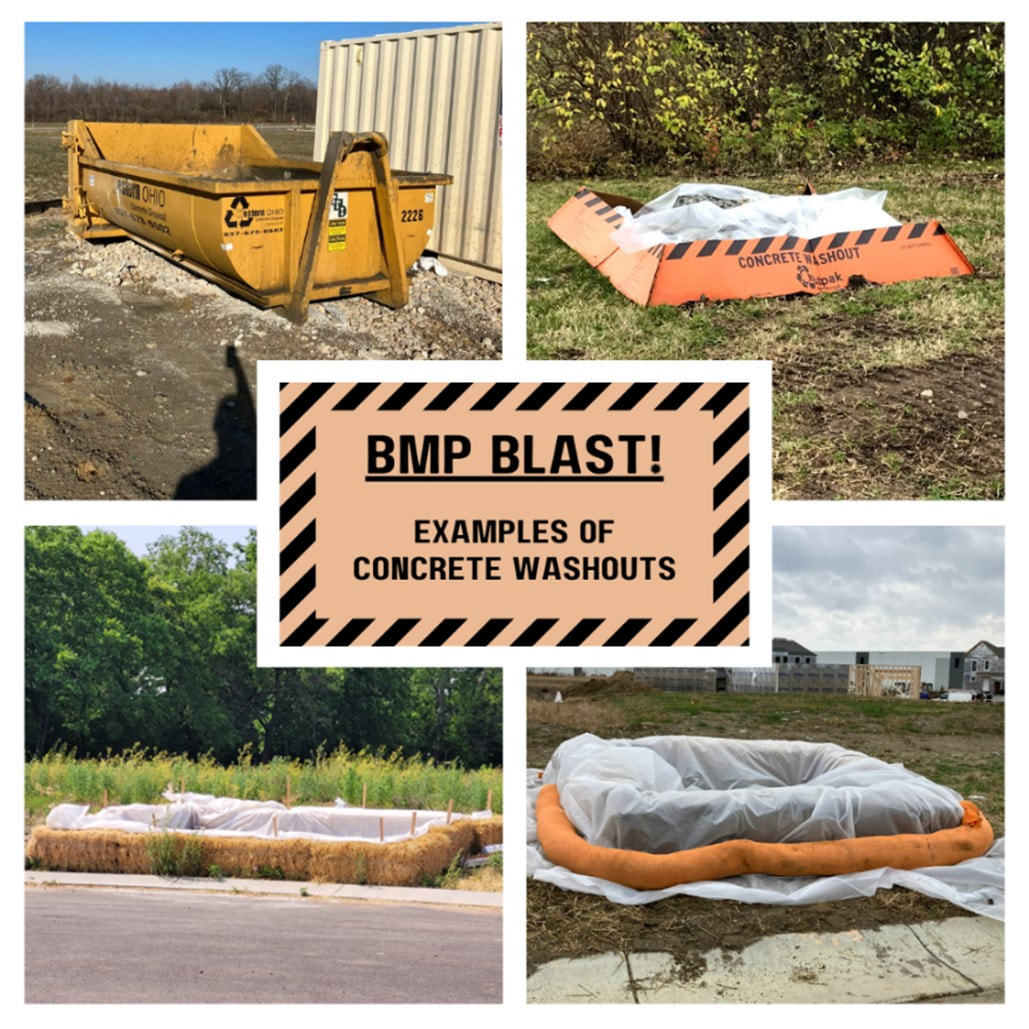|
Let’s face it- construction sites can get seriously messy! This month we look at how a designated concrete washout area helps keep your worksite clean and safe while protecting our local waterways from pollution. Concrete washout, also called wash water or slurry, is the waste material created from cleaning out a pump truck, mixer, or anything else that was used to pour concrete. Getting rid of washout is trickier than most construction wastes because it cannot go into a dumpster as-is. Instead, a designated concrete washout area should be provided before cement pouring activities begin so there is no potential for discharge into a stream, ditch, storm drain, or any other water conveyance. After the slurry hardens, it can be disposed of or recycled into aggregate. There are multiple ways to provide a washout area, but the main goal is to have a waterproof pit or container that is easy to locate, use, and maintain. When possible, the area should be at least 50 feet away from storm drains, swales, and waterbodies. Signage and offering more than one washout area are highly recommended for larger developments. (Pictured above are some concrete washout areas seen while conducting our routine monthly inspections.) How does a concrete washout area promote workplace safety?
Concrete washout is a caustic and corrosive waste material with a pH of around 12. If an employee is exposed to washout, they can suffer serious skin irritation, chemical burns, and eye damage. Additionally, concrete washout contains toxic metals like Chromium, Nickel, Vanadium, and Zinc. Exposure in large amounts to these metals can cause long-term damage to the brain, lungs, kidneys, liver, and other important organs. Keeping waste contained to one or two designated areas will help minimize exposures and promote workplace safety. What kind of maintenance does a concrete washout area require?
Note: Washout waste is also created when using mortar, plaster, stucco, and grout and should also be disposed of properly. Additional Resources US EPA Concrete Washout Fact Sheet OSHA Concrete Hazards OEPA Rainwater and Land Development Manual Ohio EPA NPDES General Construction Permit (OHC000006)
0 Comments
Leave a Reply. |
Details
Urban team BLOGEvery month, the Warren Co SWCD Urban Team dives deep into the world of land development as it relates to stormwater pollution prevention. The blog covers topics like erosion & sediment control best management practices (BMPs), state and local regulations, retention/detention basins, and the conservation of our natural resources. Stay up to date with Development Digest by signing up for WCSWCD Urban eNews!
Categories
All
Archives
July 2024
|
|
|
Contact:PHONE: (513) 695 - 1337
EMAIL: [email protected] HOURS: Monday - Friday 7:30am - 4:00pm (except holidays) Connect:Warren County Soil & Water Conservation District Copyright © 2016
Warren SWCD Privacy Notice. Emails are serviced by Constant Contact. Constant Contact's Privacy Notice. |

 RSS Feed
RSS Feed
